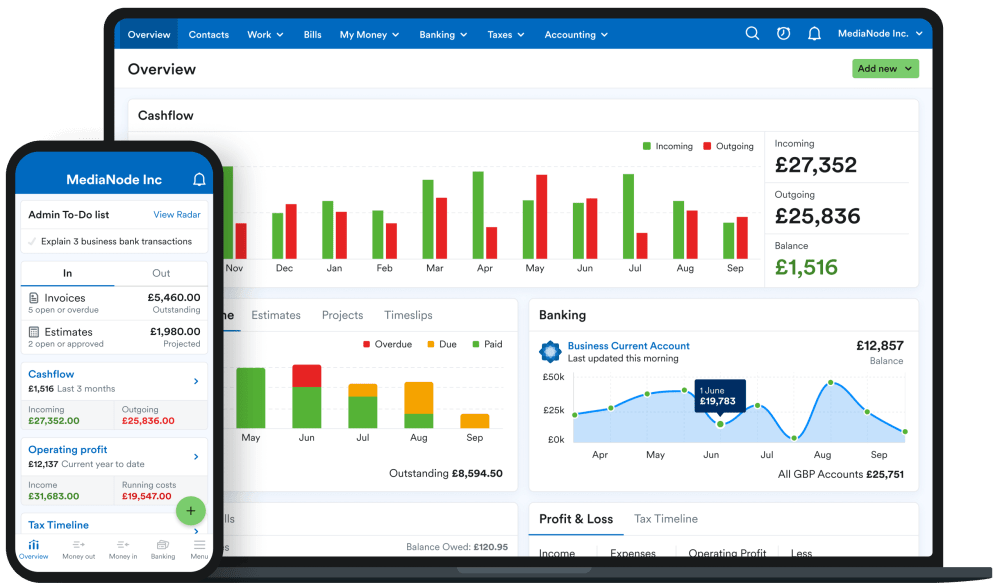Employer National Insurance: what you need to know
Employer’s National Insurance is a type of Class 1 National Insurance that employers have to pay to HMRC in respect of their employees’ wages. You can find out more about National Insurance on our accounting glossary.
For full details of how employers should pay towards all employees’ National Insurance, including rebates and special rates, check the HMRC website.
How to pay Class 1 employer’s National Insurance contributions
As an employer you must record employees’ pay and deduct tax and National Insurance through the PAYE system. Your payroll software will tell you how much you owe, and report this to HMRC.
Running and reporting payroll is the first step, but actually paying employer’s National Insurance to HMRC is a separate process. You pay employer’s National Insurance to HMRC along with Income Tax deducted from staff wages under PAYE, and employee’s National Insurance.
You can see how much Class 1 and Class 1B National Insurance your business owes by logging in to your online PAYE account. Note that Class 1A contributions are not included in your PAYE bill and must be paid separately.
| Online or telephone banking (Faster Payments) | Same or next day |
| CHAPS | Same or next day |
| Bacs | Three working days |
| Debit card | Three working days |
| Credit card (1.5% charge) | Three working days |
| Direct Debit | Three working days |
| Standing order | Three working days |
| At your bank or building society | Three working days |
Online or telephone banking: If you’re paying by online or telephone banking (Faster Payments, CHAPS or Bacs), you can find details for the HMRC bank account you should pay your tax bill into on the government website.
Debit or credit card: If you are paying by debit or credit card you can do so at the PAYE payment portal.
Cheque: You can pay your PAYE bill with a cheque made payable to ‘HM Revenue and Customs only’ followed by your 13-character Accounts Office reference number. It should be posted along with the payslip for the correct period to HMRC, Direct, BX5 5BD – no street name, city name or PO Box is required.
Direct Debit: You can set up a Direct Debit from your HMRC online account. You’ll have to set up a new direct debit every time you wish to make a payment. The first time you set one up, the payment will take five working days, subsequently it will take three working days.
At your bank or building society: You can pay your PAYE bill at your bank or building society by debit card, cash or cheque made payable to ‘HM Revenue and Customs only’ followed by your Accounts Office reference number.
Previous National Insurance rates for employers
| 2025-26 | |
|---|---|
| Class 1 | 15% |
| Class 1A and 1B rate | 15% | 2024-25 |
| Class 1 | 13.8% |
| Class 1A and 1B rate | 13.8% | 2023-24 |
| Class 1 | 13.8% |
| Class 1A and 1B rate | 13.8% | 2022-23 (from 6th November 2022) |
| Class 1 | 13.8% |
| Class 1A and 1B rate | 13.8% | 2022-23 (before 6th November 2022) |
| Class 1 | 15.05% |
| Class 1A and 1B rate | 15.05% | 2021-22 |
| Class 1 | 13.8% |
| Class 1A and 1B rate | 13.8% |
Previous National Insurance thresholds for employers
| 2025-26 | £417/month |
| 2024-25 | £758/month |
| 2023-24 | £758/month |
| 2022-23 | £758/month |
| 2021-22 | £737/month |
